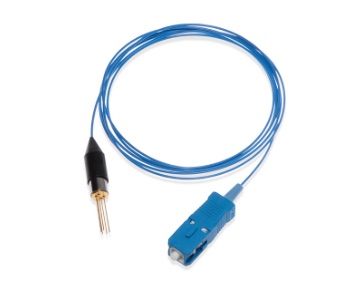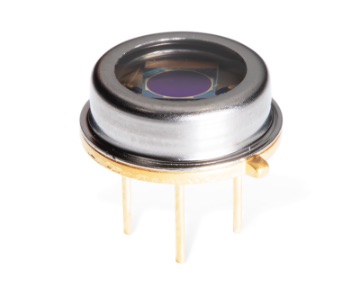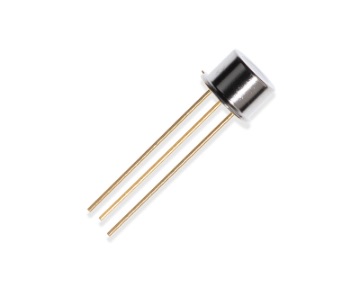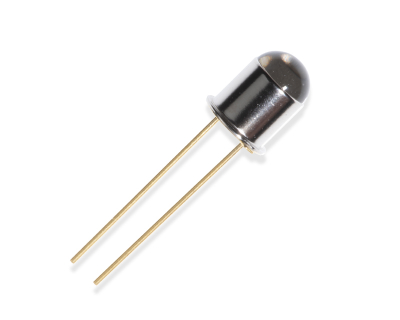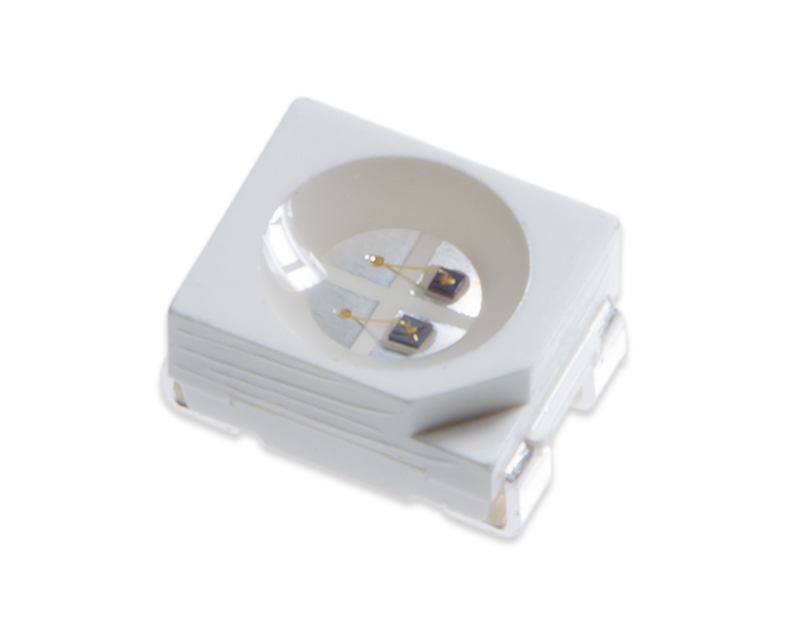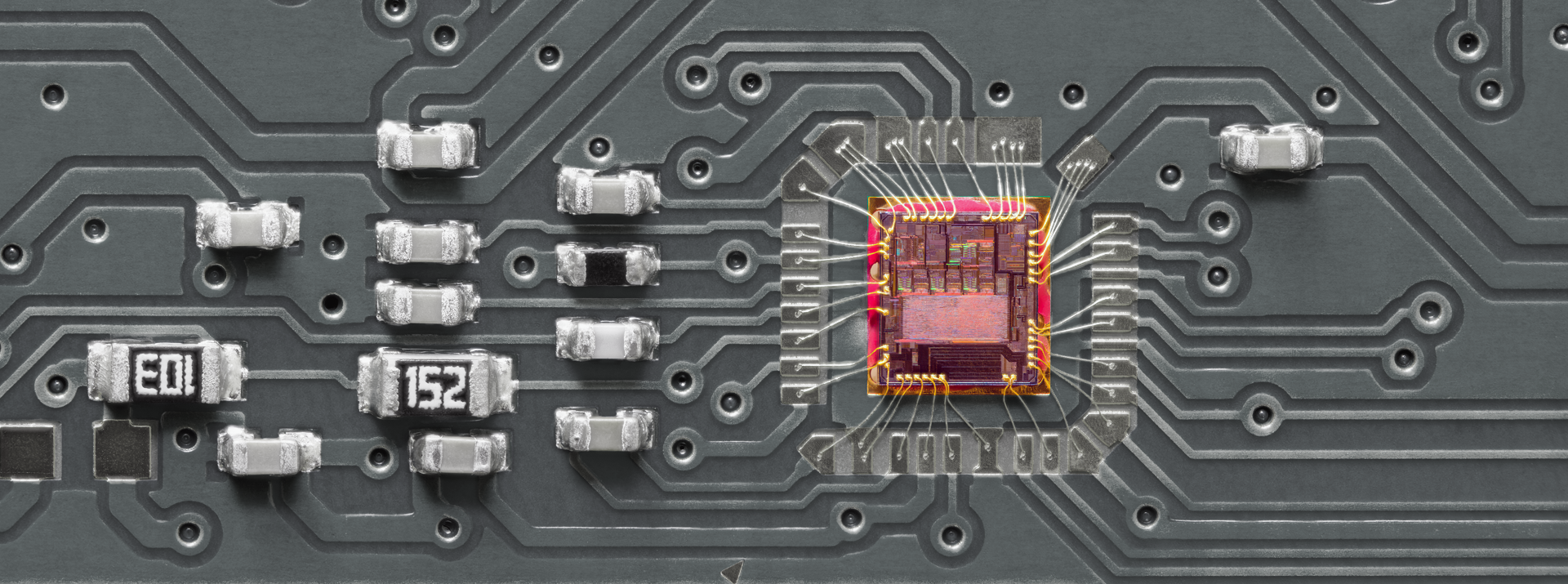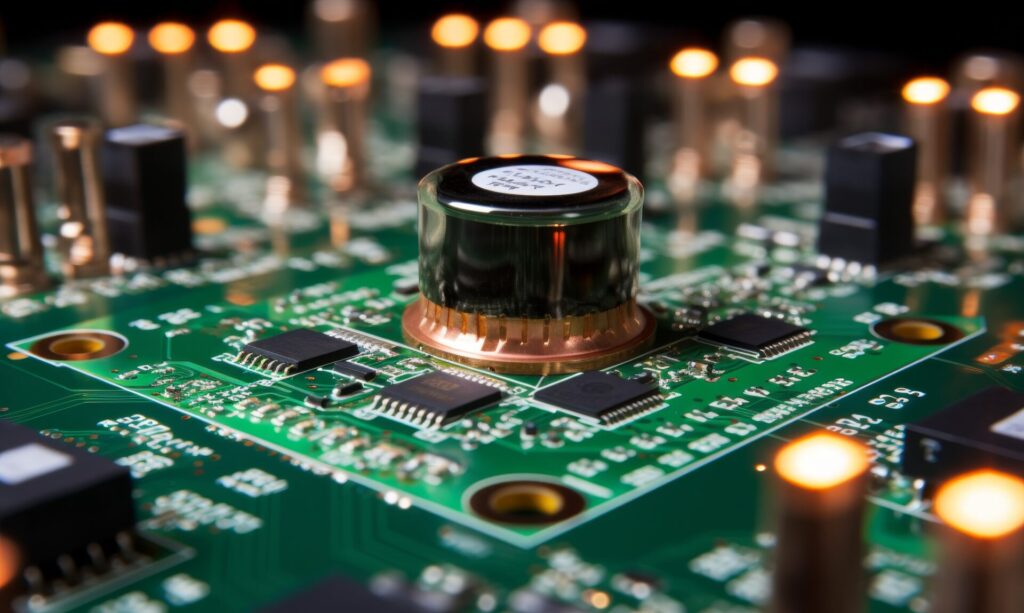
- Photonics
Photodiode Selection Guide: Comparison and Optimal Selection Process by Application
Contents
Key points for optimal photodiode selection
Photodiodes are semiconductor devices that convert light into electrical signals. By selecting the optimal device for each application, it can properly detect light intensity and wavelength. (Please see this article for details on photodiode structure and operating principles.)
When developing communication devices or sensors that use light, photodiode selection directly impacts device performance. The main factors to consider are as follows.
• Clarifying the purpose: An accurate grasp of the needs of the application is key. It is important to understand the photodiode characteristics needed for an application whether it be optical communication, optical sensing, or medical devices.
• Wavelength responsivity: It is important to select a photodiode with responsivity to the targeted light wavelength (such as visible light, infrared, or ultraviolet).
• Response speed and bandwidth: High-speed communication or high-speed sensing require photodiodes with multiple GHz of bandwidth and response speed of a few nanoseconds. For detection of weak light, on the other hand, responsivity may be prioritized.
• Responsivity and dynamic range: Select a photodiode with responsivity that corresponds to the intensity range of light to be detected (dynamic range).
• Low noise: For applications requiring precise measurement, select a photodiode with minimal thermal noise and low dark current.
• Packaging: Select a chip package (such as CAN, SMD, or pigtail) suited to the mounting method and environmental conditions. CAN packages seal the photodiode inside a metal case, SMD packages are surface-mounted, and pigtail packages have optical fiber extending from them.
• Cost and availability: Also consider mass production capability and long-term supply stability.
The Dexerials Group has built a track record of developing, manufacturing, and selling photodiodes over many years. We offer a product lineup with a variety of wavelength ranges and materials to support design and development for our customers’ varied applications. And even within the same wavelength range, we offer packaging variations such as CAN, SMD, and pigtail.
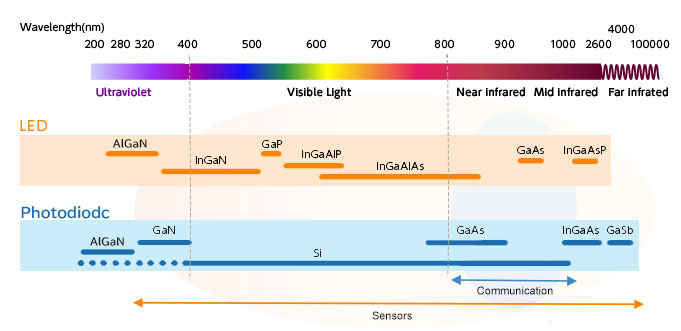
List of optical semiconductor products from the Dexerials Group
The Dexerials Group offers a wide range of photodiodes and other optical semiconductor devices for a variety of applications. Some of our representative products are listed below.
Optical receiver modules that are optimal for high-speed data transmission in optical communications and data centers. They have a transimpedance amplifier that maximizes photodiode performance and offers high-speed response and low noise. This enables high-speed, stable data communication.
Light-receiving elements that convert incoming light intensity into electric current magnitude. The wavelengths they detect and their responsivity vary depending on the semiconductor materials. They are well-suited for optical communication and sensing applications, and responsivity and response speed are key when selecting a photodiode for a specific application. Silicon (Si) supports ultraviolet, visible light, and infrared wavelength regions (up to 1100 nm), and compound semiconductors such as InGaAs are responsive to longer infrared wavelength regions. Combined with light sources, they can be deployed in various sensing use cases.
• Avalanche photodiodes (APDs)
Semiconductor elements that generate larger photocurrent than standard photodiodes by applying a reverse bias voltage to multiply photoelectrons. They are well-suited for optical communication and precision measurement applications that require the detection of weak light. We offer APD modules that enable the application of high reverse bias voltage.
Light-receiving elements that combine photodiodes and transistors. After detecting light, the transistors amplify the electrical current. Phototransistors are well-suited for applications that require current amplification such as optical communications and lighting control.
• LEDs (light-emitting diodes)
Semiconductor elements that convert electrical current into light. They are widely used in optical communication and display devices. The materials determine the light’s color (wavelength) over a wide range from ultraviolet to infrared. LEDs have long lifespans and low power consumption and are well-suited for sensor devices and lighting applications.
Searching for optimal optical semiconductor products
The Dexerials website offers parametric search functionality so viewers can select checkboxes to easily find optical semiconductor products with the required characteristics. This functionality enables an efficient product selection process to quickly find the optimal optical semiconductor product.
Dexerials parametric search
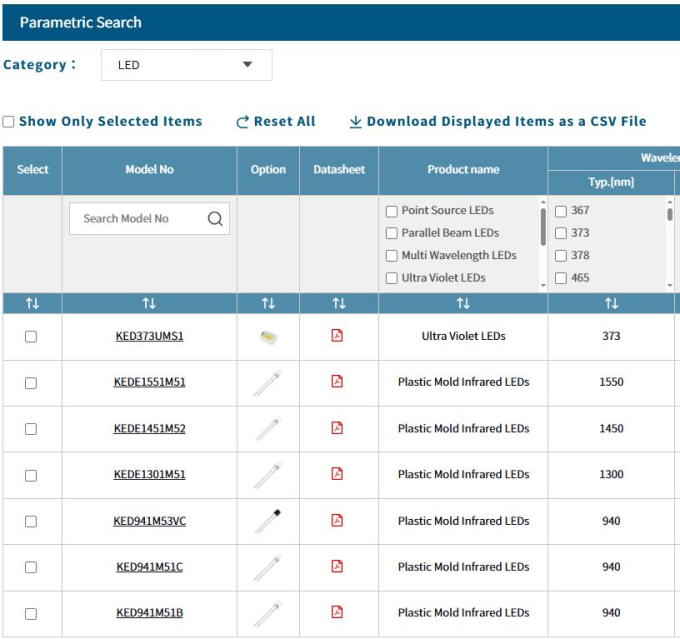
By selecting the following items in the page above, customers can select the optimal photodiodes and other products to meet their design and development needs.
- Product category
- Receiver size
- Sensitive wavelength
- Bandwidth
- Responsivity
- Package
The same page also offers free datasheet downloads for each product to provide detailed product characteristics and specifications.
Selecting the right optical semiconductors is critical to maximizing device performance. Considering the selection criteria discussed in this article and selecting the optimal products can contribute to a smooth development process. Feel free to try Dexerials’ parametric search, compare detailed specifications, and check the selection criteria to find the best optical semiconductor photodiodes for your needs.
- SHARE
 Back to top
Back to top  Contact us
Contact us 


